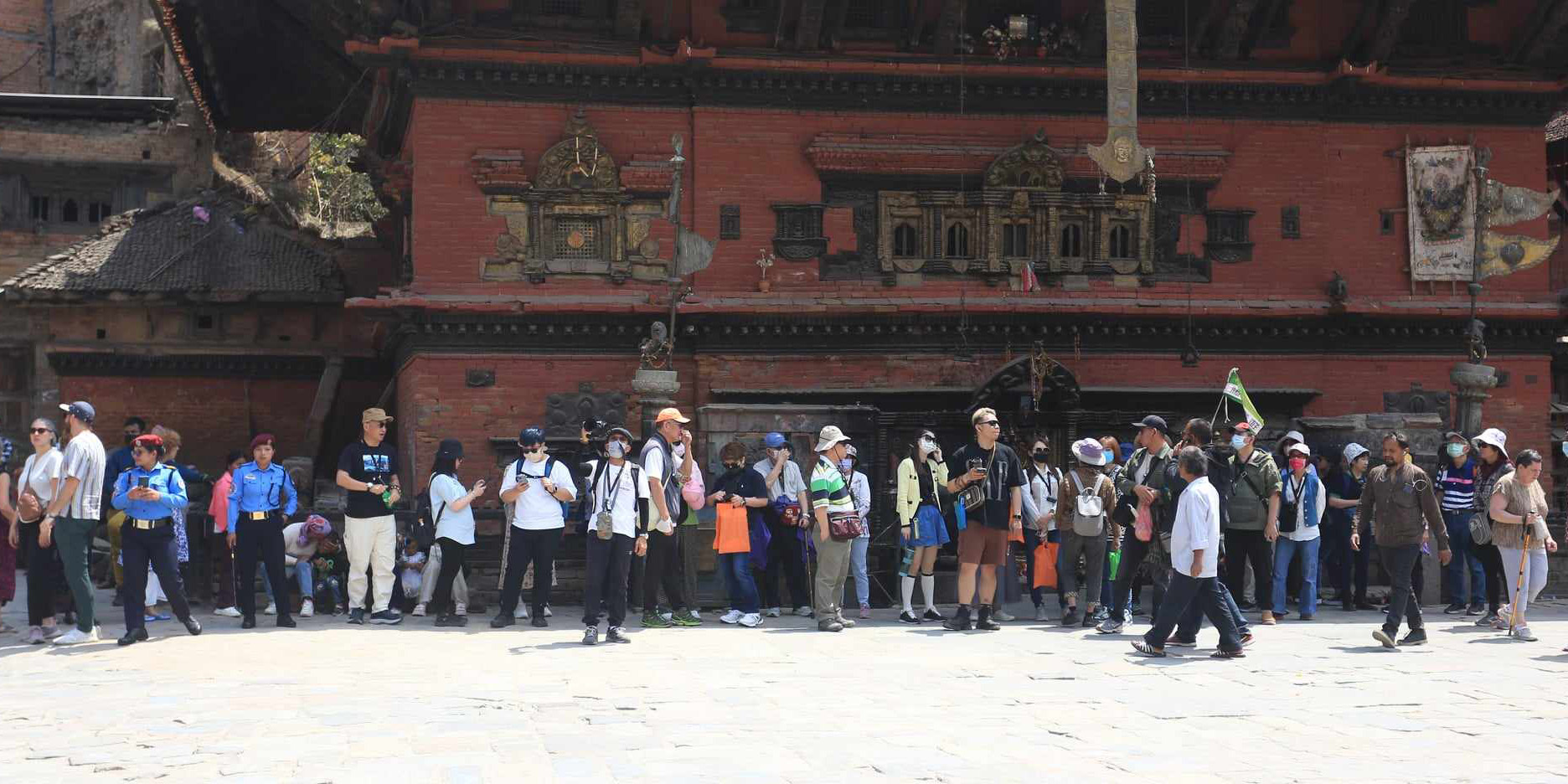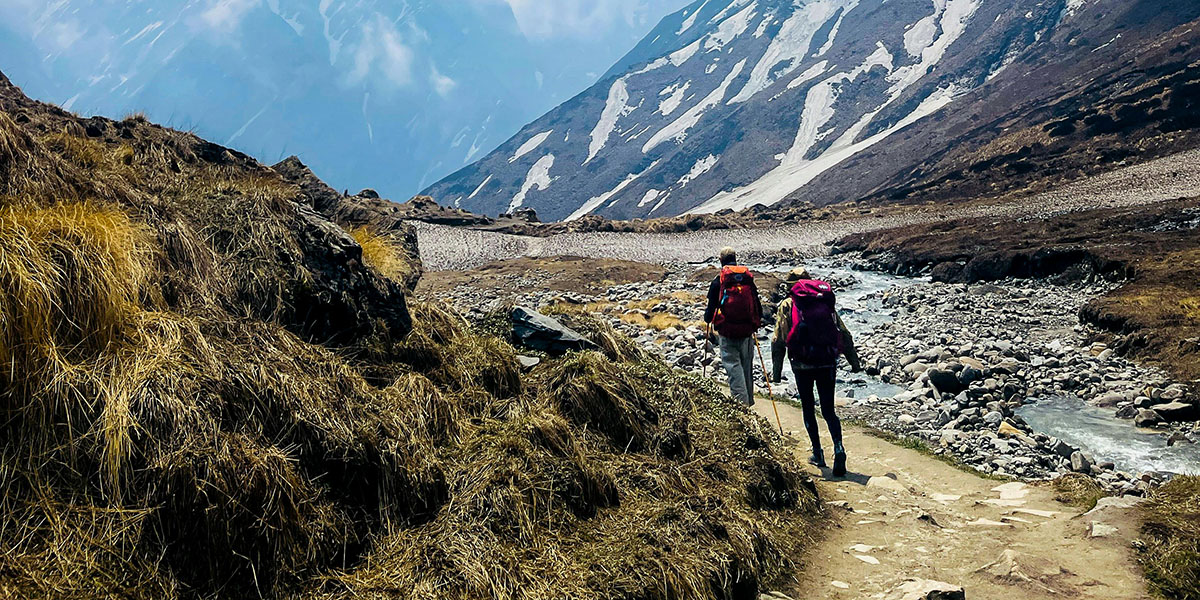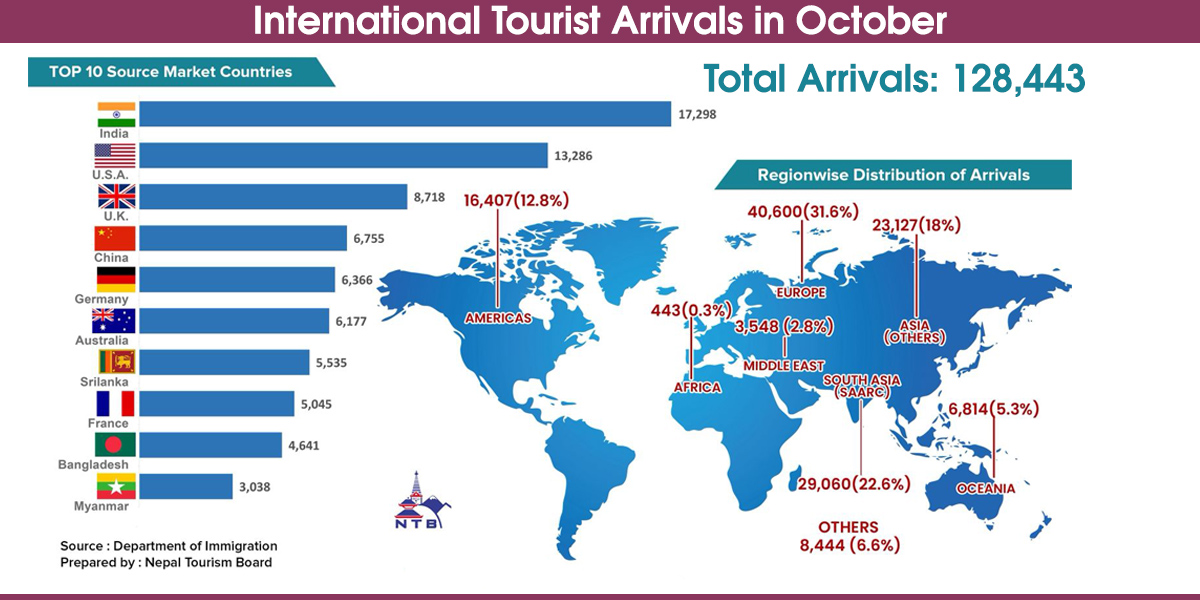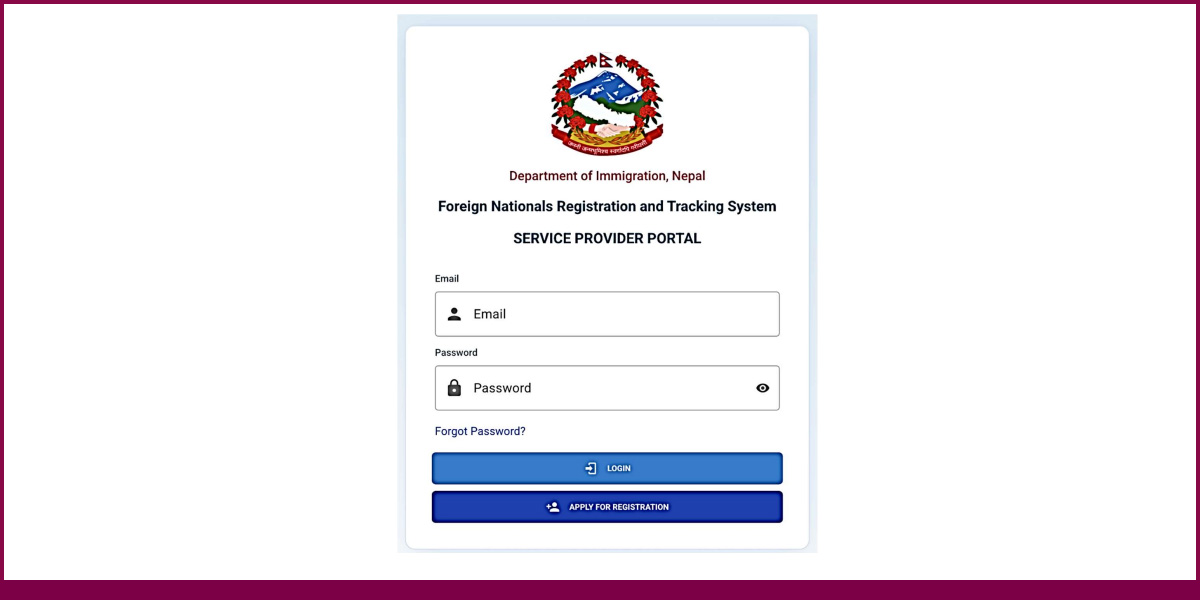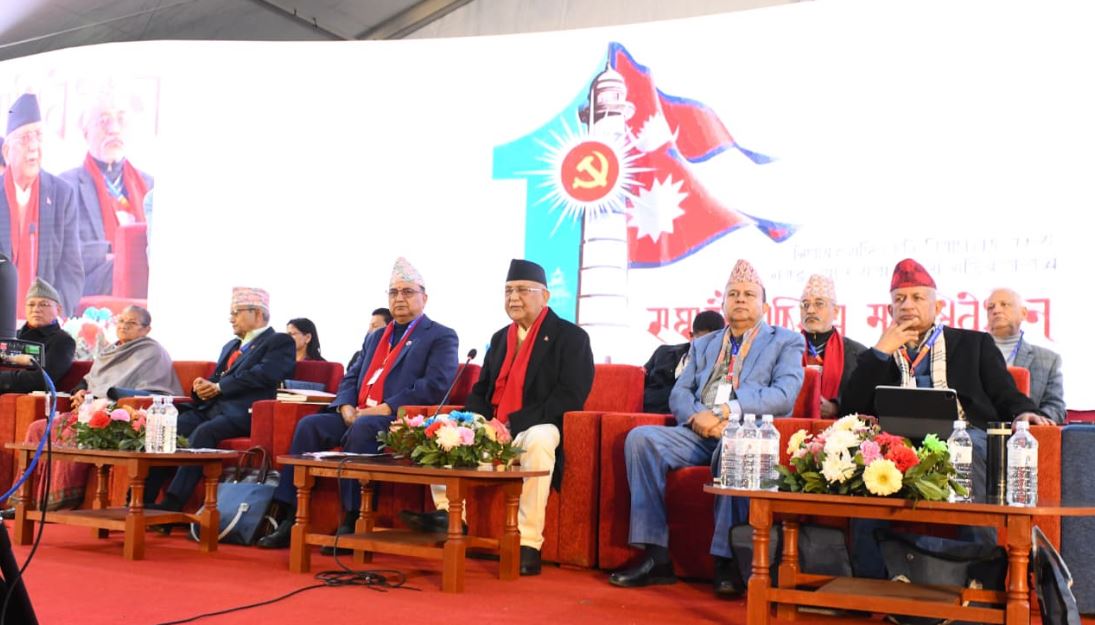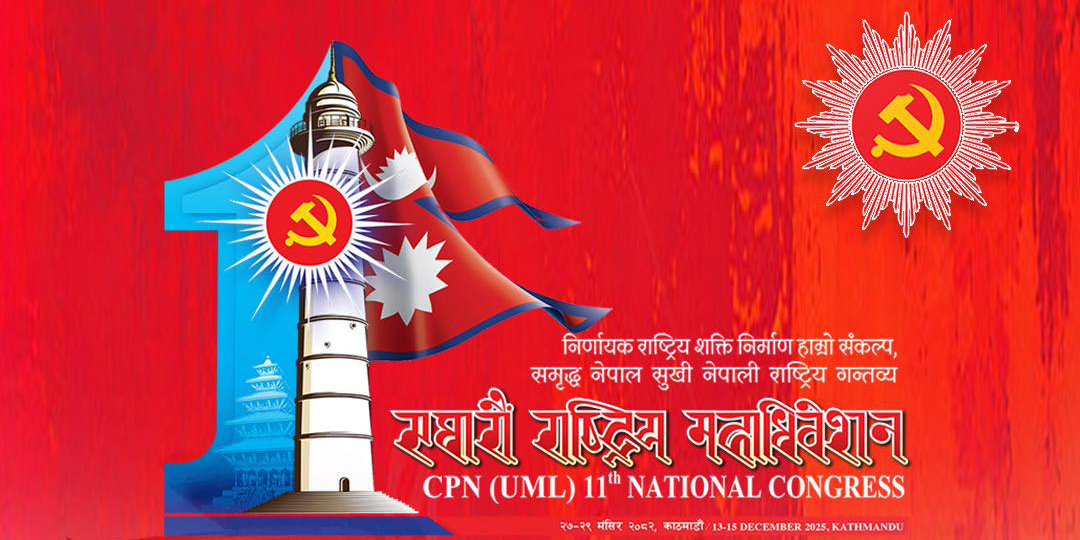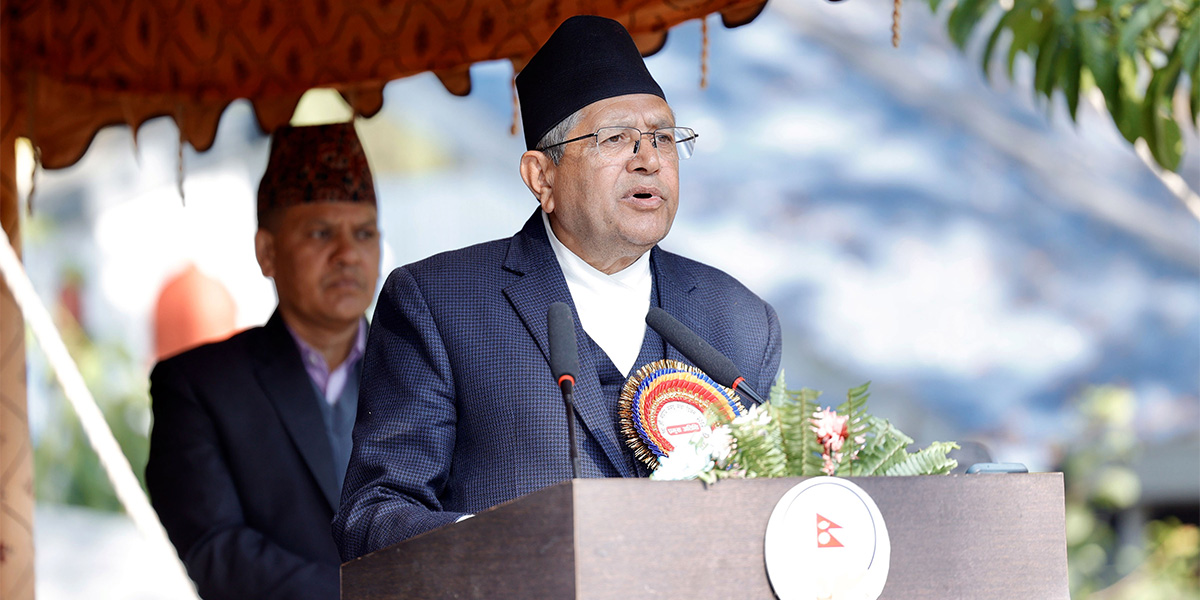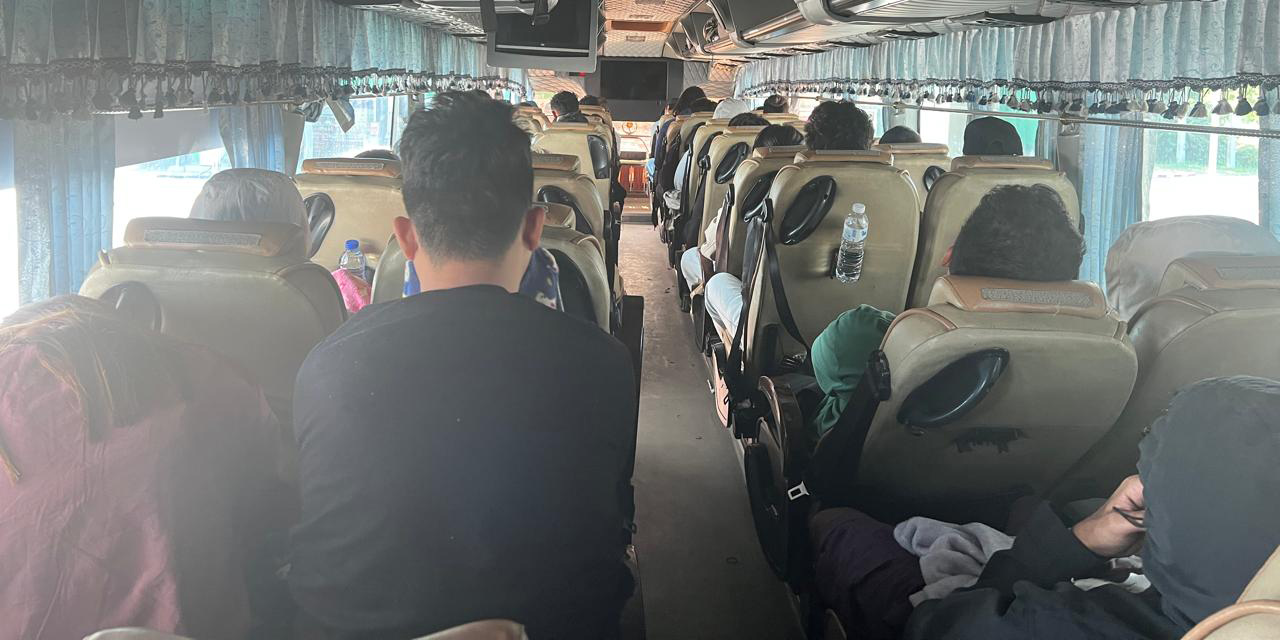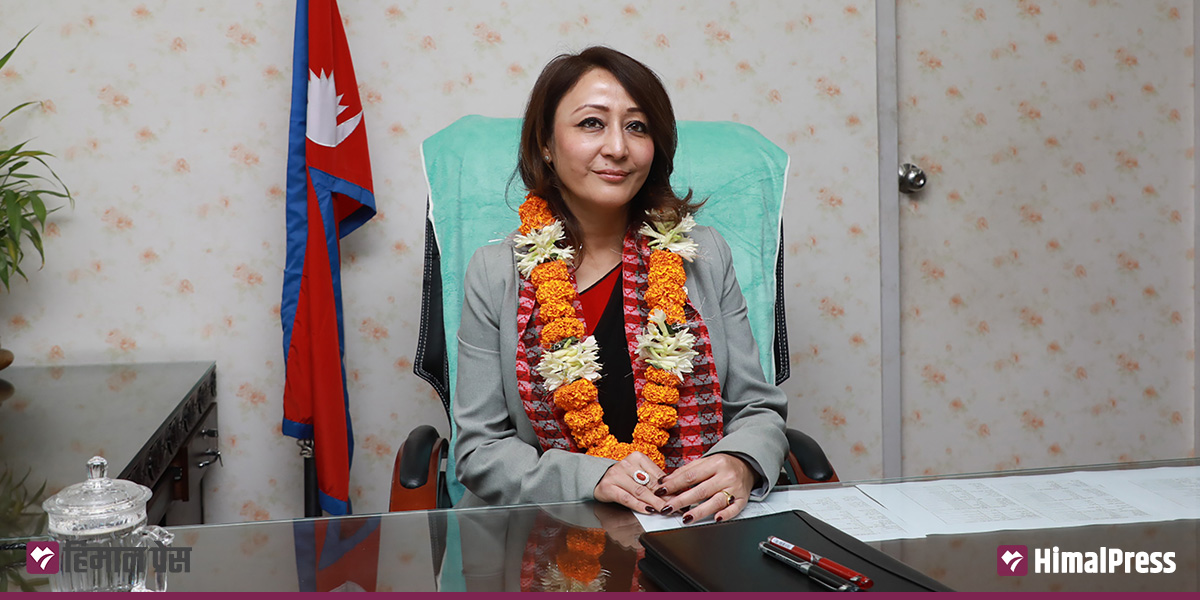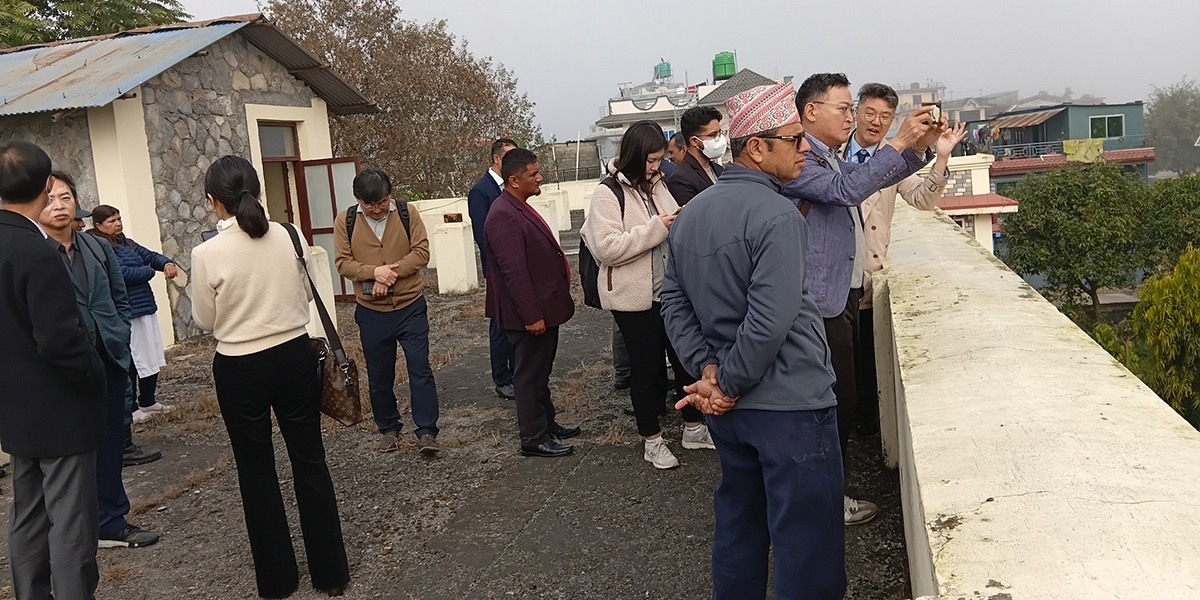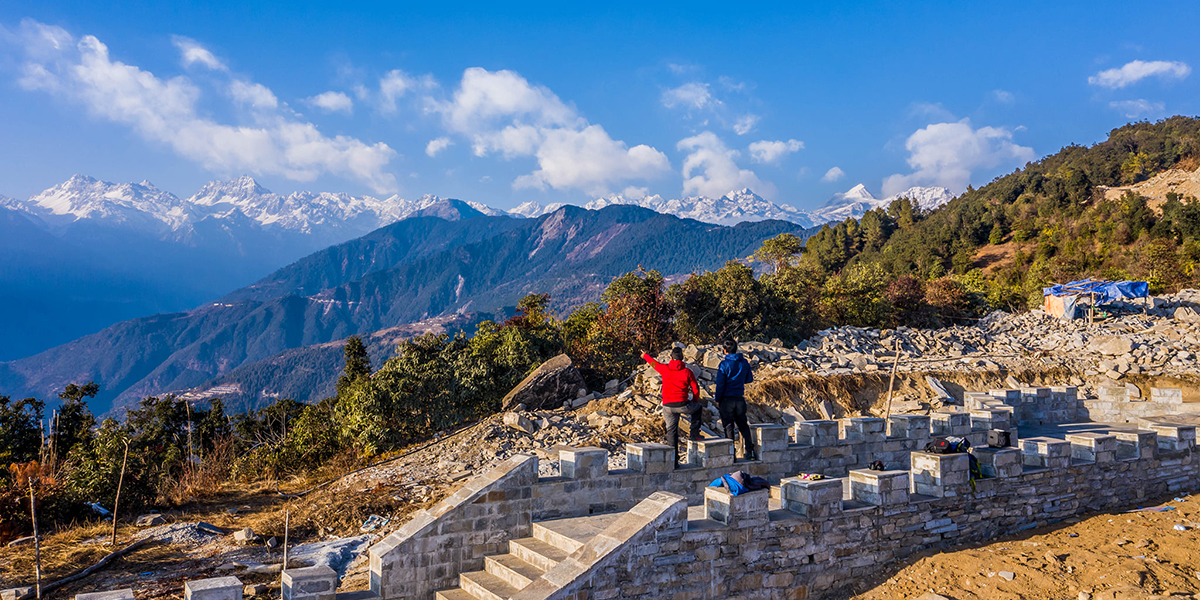 Photo Courtesy: Helambu Rural Municipality
Photo Courtesy: Helambu Rural Municipality
KATHMANDU: Helambu used to be a popular destination for trekkers. Foreign tourists would trek from Sundarijal to Helambu via Patibhanjyang and Kutumsang. Some would drop to Helambu after completing Langtang and Goasikunda treks. Helambu was a popular destination for trekkers who wanted to experience the mountains and culture of the Hyolmo people.
Construction of roads to Helambu began in the 1990s and the pace of infrastructure development increased with the start of the Melamchi Drinking Water Project. While roads made life easier for local people, it affected tourist footfall in the region.
Helambu has a significant place in Nepali history as it is the place where the first wife of King Rana Bahadur Shah, Rajrajeshwari, spent her later years. The region was also famous for its apples, but due to climate change, the apple trees stopped producing fruit. Snow cover in the hills also started to decrease. Furthermore, the traditional Hyolmo culture is also on the verge of disappearing.
To regain the lost glory of Helambu, local stakeholders have started efforts to rebrand the region. After the 2017 election, the local government launched an ambitious plan to construct a 60-kilometer walking trail called the ‘Helambu Great Trail’. The goal of the plan is to attract at least 10 million domestic tourists annually once the trail construction is completed.
The local government, Helambu Rural Municipality, as well as the province and federal governments, are providing funds for the project. However, according to Nima Gyalzen Sherpa, Chairman of Helambu Rural Municipality, it is becoming difficult to raise the necessary funds of Rs 4 billion to complete the project.
The rural municipality has constructed approximately 3 km of the trail so far, with a cost of Rs 90 million. Sherpa stated that the construction can be completed in two years if the necessary budget is arranged. He added that by dividing the project into 30 packages of 2 km each and awarding bids, the project can be completed in two years.
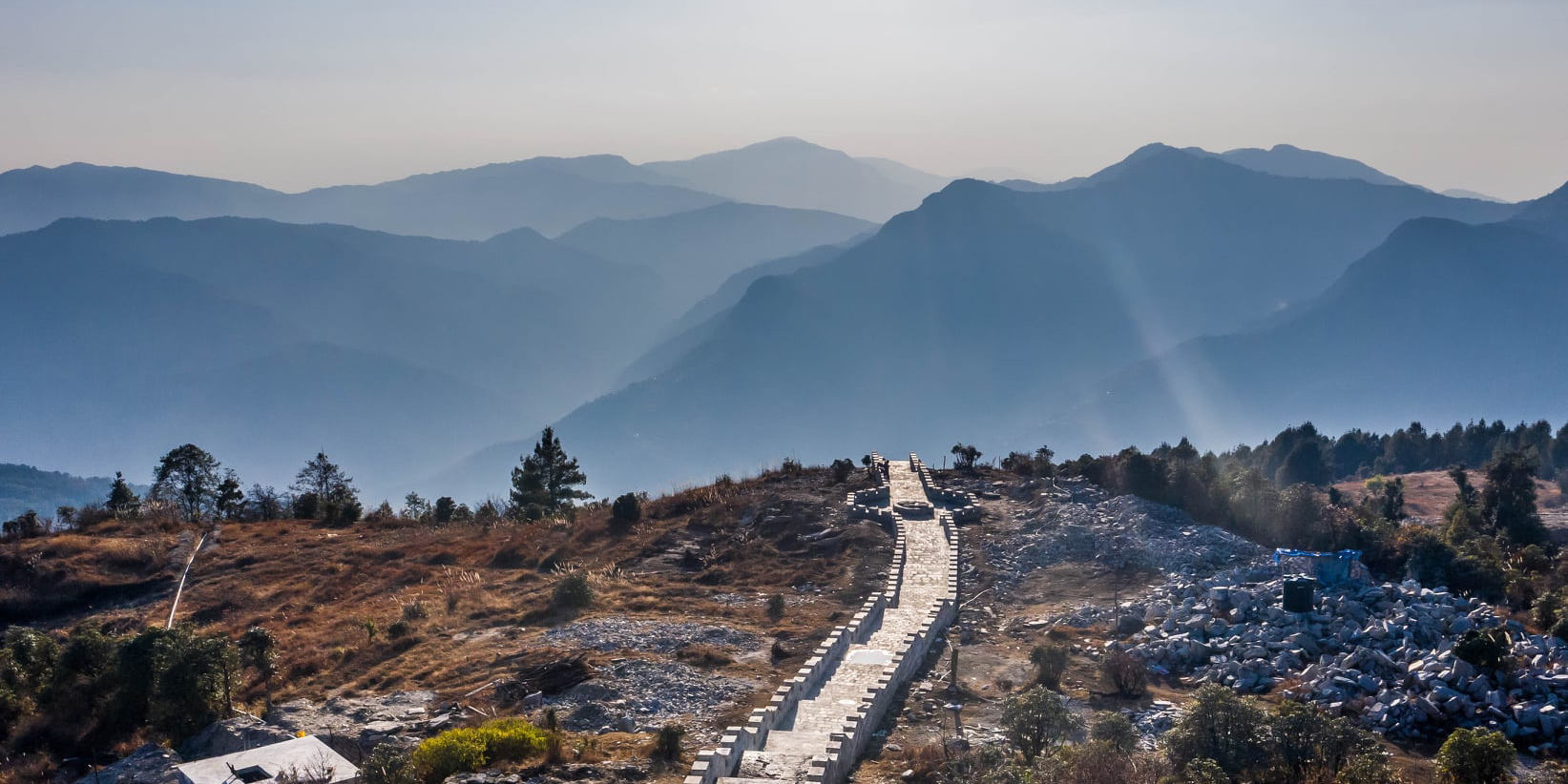
Currently, the rural municipality is only able to allocate a maximum of Rs 10 million annually towards the project. Sherpa stated that he has been advocating for the federal government to release at least Rs 500 million annually for the project.
Sherpa expressed disappointment that many people perceive the trail as being exclusively for Helambu. He said that the project will help in the development of tourism in the region. “As the trail will allow for easy access to Helambu in just three hours, it has the potential to attract hundreds of thousands of tourists from Kathmandu and other parts of the country. This would be a major achievement for all of us,” he said. When Sherpa first proposed the idea of building the trail, many people felt it was an unrealistic goal. “Local villagers didn’t believe that we would be able to gather the resources for such a big project,” Sherpa said.
It was only natural for people to have skepticism, as the project cost of Rs 4 billion is close to the rural municipality’s budget of five years.
The trail connects local attractions such as Pakidanda, Bhimathang, Dhukpu, Yangri Hill, Sermathang, and Buddha Park. Along the trail, one can enjoy the Himalayan range, alpine settlements, several ancient monasteries, religious attractions, and the culture and lifestyle of the ethnic Hyolmo people. The elevation on the trail ranges from 2,400 meters above sea level to as high as 5,000 meters. It is estimated that it would take nine days to complete the entire trail.
The trail also offers the opportunity to see Mt. Everest from Pakidanda on a clear day and the holy Gosaikunda Lake is only a kilometer away from the trail.

 Himal Press
Himal Press 